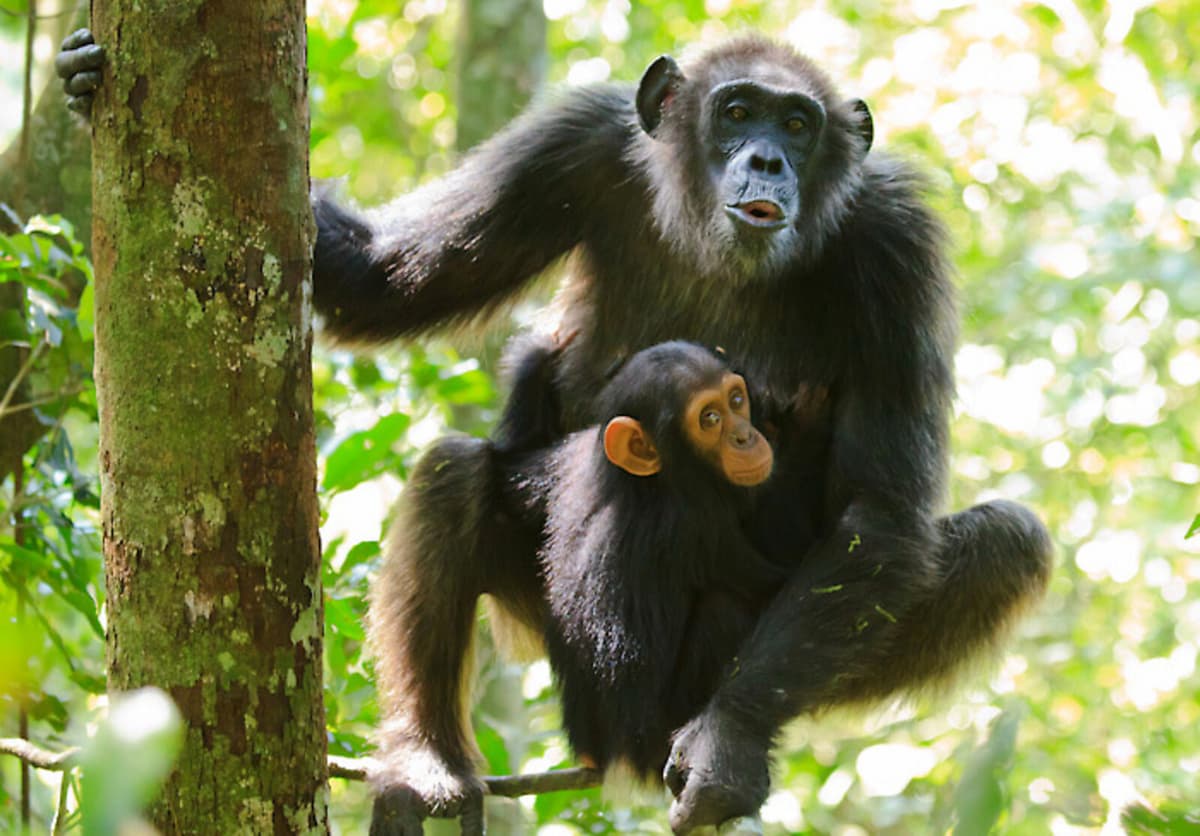This is evident from a study on wild chimpanzees in Kibale National Park in Uganda. The researchers behind the study, who publish their findings in the scientific journal PLOS Biology, examined the behavior of 22 individuals in a flock in the Kanyawara area.
They found that the young took after their mothers in all areas, including calls, gestures and body language. It is well known that chimpanzees often have a highly personal style when they shout or grunt, even when they gesture with their arms or just look around. The researchers compiled the young's communication style and then compared it with the adult chimpanzees in their vicinity. They found that their style had very large similarities with their mothers' repertoire of gestures and calls, as well as with the style of the mothers' close relatives.
Dad only contributes with genes
On the other hand, there were no closer similarities with the way of communicating with the father and his male relatives. It is clear that the young learn to a high degree from their mothers, but not from their fathers.
Some have believed that calls and gestures in chimpanzees are largely genetically controlled, but the results from Kibale suggest that there is a limit to how much the genes determine. Instead, it seems to be largely a matter of social learning, in the same way as with us humans.
The family decides
That it is the mothers one learns from is not so surprising considering that chimpanzees are promiscuous. The females take care of the offspring entirely on their own, while the males are mostly focused on mating with as many females as possible.
An interesting detail is that some females have a very varied way of communicating, with many gestures and calls, while others have a more limited repertoire, and their young do the same.
The result of all this is family-specific behaviors, Joseph Mine, one of the researchers.
The chimpanzee (Pan troglodytes) is, together with the bonobo (Pan paniscus), man's closest relative. The range extends from Senegal in the west over West Africa and Central Africa to Uganda and Tanzania in the east. The number is believed to be between 345,000 and 470,000.





